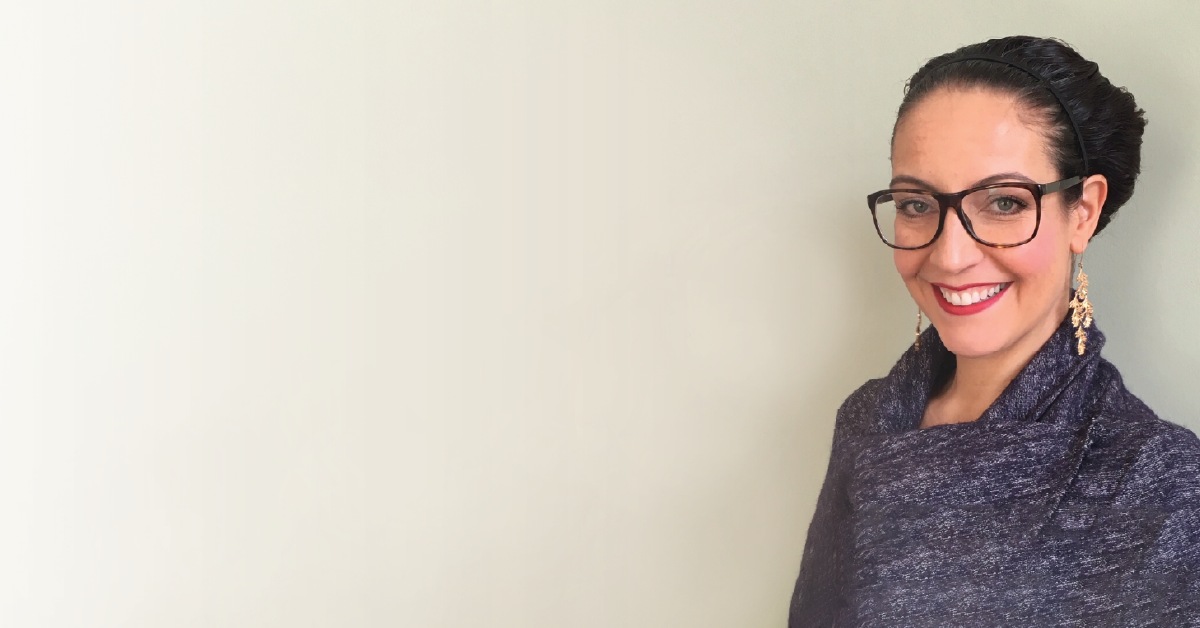Workplace engagement saw several waves of change in recent years from The Great Resignation to The Great Reshuffle, and a rise in presenteeism and quiet quitting. Now, a new buzzword has cropped up: Resenteeism.
Following from quiet quitting, resenteeism is an active response to frustrations at the workplace, dropping all facades of being satisfied or even apathetic at work. As the labor shortage continues to plague CxOs across industries, the percentage of workers who are actively engaged in work is gradually declining, from 36% in 2020 to 32% in 2022. Given concerns of a looming recession, a rise in disgruntled employees poses a threat to overall productivity and business success.
We spoke to Yvonne Alozie Obi, Director of Global Diversity and Inclusion Specialist at Standard Chartered Bank and Marjolijn de Boer, organizational psychologist and founder of The Human Factor about the root causes of resenteeism, how leaders can measure its impact, and the best strategies for creating a work culture that supports employee well-being.
What is resenteeism?
Marjolijn: With resenteeism, people may still be productive at work but do not feel valued or appreciated. This can happen within industries where many employees were laid off – those who end up staying for fear of not finding another job will pick up the slack and become overworked and resentful. This is very harmful to organizations. These employees usually talk about their dissatisfaction to other colleagues which creates an environment that is far from positive.
Yvonne: Sometimes there are external factors as well, such as global economic situations that are resulting in layoffs. This can make employees feel resentful as well. Further, in the diversity and inclusion space, we see a lot of injustice happening and employees may feel resentful towards their companies for not responding in the way they want. This can fester over time and lead to resenteeism as well.
M: Things are changing very rapidly but this has been happening for decades already. What you see in the workplace, in the worst cases, is that managers have very few conversations with their employees and teams. If you do not have a dialogue with your team as a leader, it can get out of hand very quickly because this can spread through the organization. Before you know it, there is a negative atmosphere. Management may think employees are being very productive, but in reality, they are not happy at all.
How have your organizations dealt with managers that are not taking concrete actions to address resenteeism effectively?
Y: It’s all part of the change management process, especially when a reorganization is happening, and people are disgruntled. It’s about planning to make sure that potential questions are answered and that organizations are as transparent as possible. Usually, town halls are held by the leadership.
We need to equip leaders and managers to have challenging conversations and learn how to keep spirits alive.
“Leaders must know how to get loyalty and engagement from employees who are not yet resentful – because it can catch on like wildfire.”
M: Sometimes, people may become resentful when you don’t utilize their potential to the fullest. This can lead to a drop in productivity when employees do tasks that are not fulfilling. You do see a productivity incline if you utilize the team’s potential. I agree with Yvonne that leaders must have open and deep conversations. This is a teachable skill.
Who has these tough conversations with resentful employees and what is usually discussed?
Y: In Standard Chartered, we have a group of coaches. It’s important to look inward first, so we make sure these employees do not project their own triggers onto the organization. Next, we also help the employees understand what is truly under their control. It could be they don’t have a healthy work-life balance, not because of the job demands or lack of resources, but because they may not personally be equipped to effectively balance these two aspects. It’s always important during coaching to help employees think through the patterns they may need to break out of.
M: Speaking of the environment, no company is perfect. Of course, there are narcissistic leaders. In this case, a different kind of approach is needed.
How can leaders spot resenteeism early?
M: If you want to preventatively know what your team is feeling, you need to be vulnerable. Do check-ins with your team and be honest about your own feelings and challenges.
Y: I think it’s important for organizations to improve and embrace not just the typical biannual appraisal ratings but continuous performance feedback. With regular conversations, managers can begin to spot where things start to become issues. Some people can be good at masking, but it’s a skill for leaders to go in and see what’s going on and be vulnerable as well. If leaders start role-modeling, they will have a team that feels comfortable sharing when they are not ok.
M: Because it’s behind closed doors, I think intuition in leaders goes a long way. When you’re in a meeting and something feels different, that’s your first signal. If you see people are less happy at work, that’s another signal. Use your intuition to look at non-verbal behavior while also starting conversations with your team.
What kind of leadership style fits best to solve these issues?
M: In my experience, a lot of leadership styles can be extremely effective. In fact, we always think leaders have to be extroverted. I think introverted leaders are extremely good for keeping the peace.
“Leaders must be able to balance a people-focused approach to leadership while setting clear boundaries.”
Y: I agree. I don’t think there’s a one-size-fits-all leadership style that can manage resentful employees. I think self-awareness in a leader is key. A self-aware leader knows when they need to or can help, and when they need to ask for help. They can also draw boundaries. One thing we try from a D&I angle is to equip our leaders with inclusive leadership skills. Empathy is also important. It takes a lot of intentional empathy from a leader to manage a resentful employee.
What is the importance of coaching and well-being programs within an organization?
M: It’s extremely important because, firstly, people have a misconception about stress. We have stress but we also have a system to reload. If we don’t take enough time to reload, that’s a problem. Preventively talking about this with your leaders and employees – about taking rest times – is good. For example, writing emails in the evening or not taking lunch is a bad idea because there’s no time to recuperate. That’s an important message.
Y: We have questions related to well-being in our annual surveys and we see more colleagues reporting that they do feel more included and are getting more manager support. We see the scores for psychological safety increasing. What we try to do is solve innovatively to improve business processes. If there are functions that operate inefficiently and keep stress levels high, we see how we can intervene and improve some processes.
What steps can leaders take to reduce the stigma around mental health and create a culture that encourages employees to seek help when needed?
M: When I do cultural transformational programs within organizations, I always start with management. That goes a long way and takes a lot of time and precedence over work long-term.
Y: There can be huge power imbalances due to underrepresentation or employees being from a marginalized background. This is where psychological safety is key in ensuring optimal well-being among the workforce to be able to have difficult conversations. But it’s a very complex topic. That’s why organizations should introduce other resources such as employee assistance programs and coaching programs – a third party they can talk to when the situation becomes so unbearable that they can’t talk to their managers about it.
We are a company of 85,000 employees. Building trust is an ongoing conversation. As an organization, we do everything we can to equip our people and leaders to have challenging conversations and get the skills they need to lead effectively. We’re trying to improve the role modeling of senior leaders. Additionally, we try to get people ambassadors who role model some of our valued behaviors. It’s an ongoing cycle. Trust also means different things across different markets. So, we also try to align with our country heads and make sure that the key messaging is repeated. It’s a marathon, not a sprint.
What is a key takeaway you have about resenteeism and its impact on the business?
M: The key takeaway is to invest in your leaders. How do you have conversations and build trust? How do you build personal leadership? It’s a fair step because in this case, it really does start with leadership.
Y: Organizations should also begin to examine how they can be more influential externally, especially in complex situations. In the UK right now, the public appointments board is trying to get seasoned professionals from the private sector to apply for public boards. As a senior leader, it can help you to advocate for things that would benefit your workforce. Many employees, especially the newer generation, are value-based. It’s important for organizations to think about advocacy.
*Answers have been edited for clarity and length.











